|
Male giraffe fight each other to establish dominance and the right to mate with receptive females. This video from Tarangire shows two adult males in a ritualistic fight called "necking" - a fitting fight style for those with the longest necks in the animal kingdom!
0 Comments
It was dry season in Tarangire National Park during our last ungulate survey in September and October, and that means good times for the predators and scavengers. Thousands of migratory wildebeests and zebras head into Tarangire from June until the rains start in November, because the Tarangire River provides a reliable source of drinking water when the waterholes elsewhere dry up. It is a great time for tourists to visit Tarangire National Park, as the predators (lions, cheetahs, leopards, hyenas) and scavengers (vultures, black-backed jackals, also hyenas) are out in full force. As tourists enjoy watching the immensely popular lions and cheetahs, however, it is important to remember that these magnificent wild beasts would not be here if it were not for the ungulates (hoofed mammals). Ungulates are their primary prey. That is just one reason why we at the Wild Nature Institute are working so hard to protect habitat and migration corridors for the ungulates -- to protect an integral part of the food web of the African savanna.
Illegal poaching is harming giraffe, and the problem is starting to gain media attention (see article below). We see evidence of poaching in the Tarangire Ecosystem where we work, including snares around giraffe necks and hooves. Giraffe are poached for meat and also the mistaken belief that their bone marrow is medicinal. Poachers Are Now Slaughtering Africa's Giraffes [click for original article]
Populations have plunged 40 percent as the animals are killed for their meat, often to feed elephant hunters. By John R. Platt Giraffes are on the run. Reports from around Africa provide new evidence that giraffe poaching in several countries is on the rise, a trend that could further threaten a species that has lost more than 40 percent of its population over the past 15 years. Today fewer than 80,000 giraffes remain in Africa, and three of the nine giraffe subspecies have populations that have fallen below 1,000 animals. "Poaching is definitely on the increase," said Julian Fennessy, executive director of the Giraffe Conservation Foundation. "Giraffes are the forgotten megafauna. They're really not getting the attention they deserve." Poaching isn't pervasive throughout the continent, but it is particularly problematic in Tanzania, Kenya, and the Democratic Republic of the Congo, he said. Tanzania, which displays the giraffe as its national symbol, is a poaching hot spot. About 10 years ago herbal medicine practitioners in Tanzania started touting giraffe bone marrow and brains as a way to protect people from, or even cure, HIV/AIDS. The belief continues to drive poaching in the country, according to a recent report from Tanzania's Daily News. The practice has also driven up the prices for giraffe meat, making poaching more lucrative. A 2010 report from Rothschild's Giraffe Project found that "freshly severed heads and giraffe bones" can bring in up to $140 each. Tanzania, which is also the site of massive levels of elephant poaching, typifies another reason for giraffe poaching: The animals are killed to feed the people who are hunting elephants. This also happens in the Congo, Fennessy said, where the Lord's Resistance Army, run by the notorious Joseph Kony, has been known to operate. "Giraffe are suffering as a result of indiscriminate killing for ivory," Fennessy said. Outside this criminal activity, the bushmeat trade remains one of the driving forces behind giraffe killing. Poachers "get a big bang for their buck because giraffes are an easy kill compared to other ungulates and you get a lot of meat," said David O'Connor, an ecologist with the San Diego Zoo's Institute for Conservation Research. Poachers in Africa Killed 100,000 Elephants in Just Three Years Giraffes are usually killed with rifles or in steel-wire snares, which can be set either to target giraffes or to catch any animal that walks by. Kenya and Tanzania are the worst countries for this poaching, Fennessy said. All of this is going on without much public notice, said Kathleen Garrigan, media relations officer for the African Wildlife Foundation. "The giraffe, though, plays an important role in the ecosystem and is one of Africa's iconic species," she said. "To lose them simply because we weren't paying attention would be tragic. In the podcast link above, Wild Lens, Inc. talks with the principal scientist and co-founder of the Wild Nature Institute, Monica Bond. Monica, along with WNI co-founder Derek Lee, has committed herself to the conservation of ungulate species in East Africa. Ungulates are mammals with hooves, and East Africa has the greatest diversity of ungulate species anywhere in the world – but as Monica explains, these populations are now facing dire threats to their continued survival. Click here for the Wild Lens, Inc podcast page. Wild Lens, Inc. created two wonderful short films about Wild Nature Institute's work with giraffe and migratory ungulates. Thank you, Wild Lens!
Wild Nature Institute's Monica Bond and colleague Natasha Hagemeyer published a new scientific paper documenting termite insectivory by Bateleurs (Terathopius ecaudatus) in Tarangire and Mkomazi national parks, Tanzania. Bateleurs are magnificent eagles of the African savanna. Tawny and Steppe eagles are known to feast on termites during emergence, but no one had yet published data on termites as a food source for Bateleurs. |
Science News and Updates From the Field from Wild Nature Institute.
All Photos on This Blog are Available as Frame-worthy Prints to Thank Our Generous Donors.
Email Us for Details of this Offer. Archives
July 2024
|
|
Mailing Address:
Wild Nature Institute PO Box 44 Weaverville, NC 28787 Phone: +1 415 763 0348 Email: [email protected] |
|



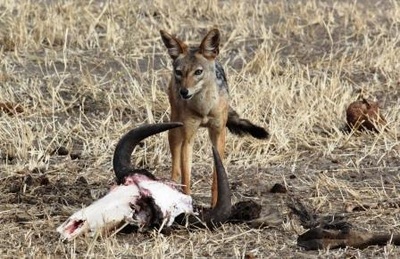




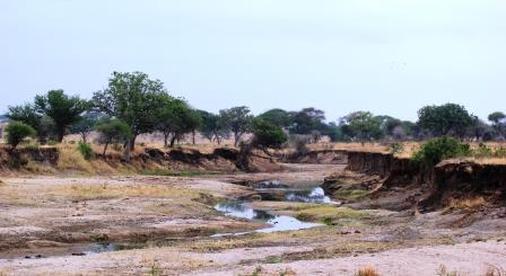
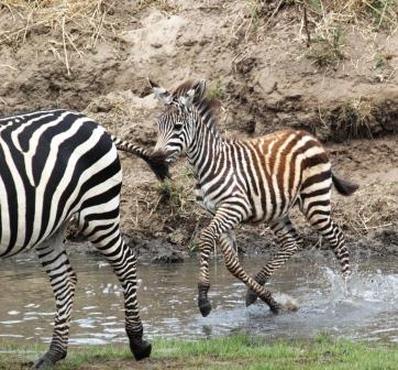

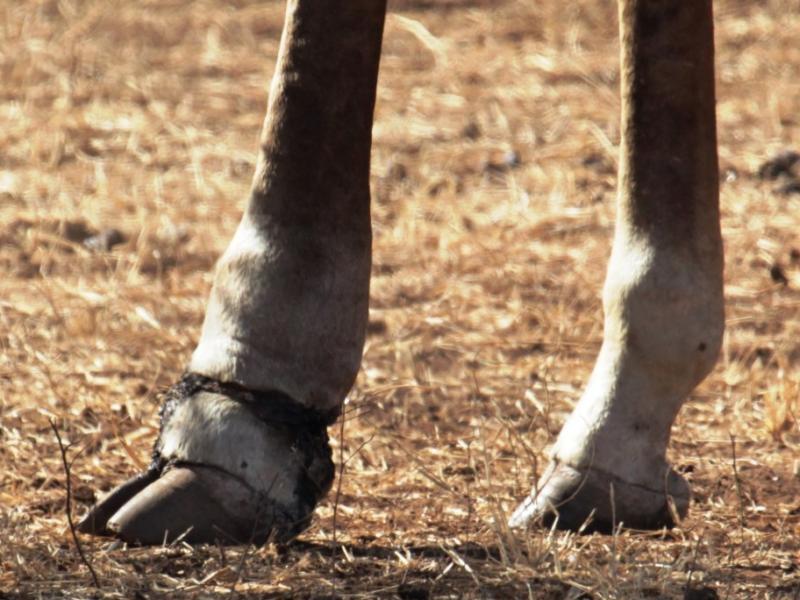
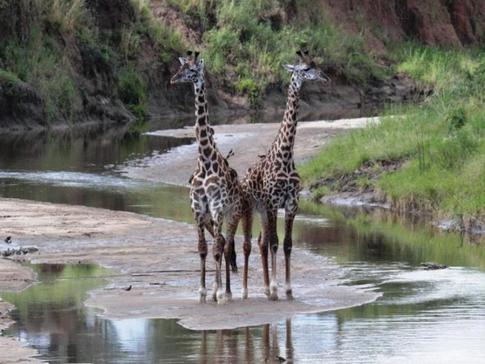
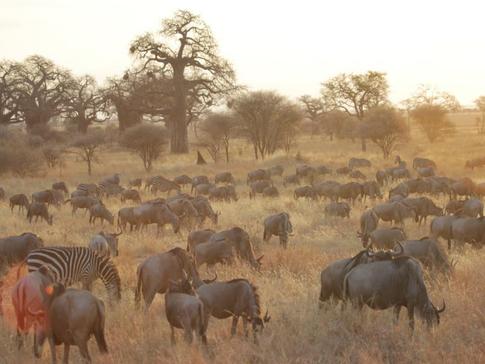

 RSS Feed
RSS Feed
